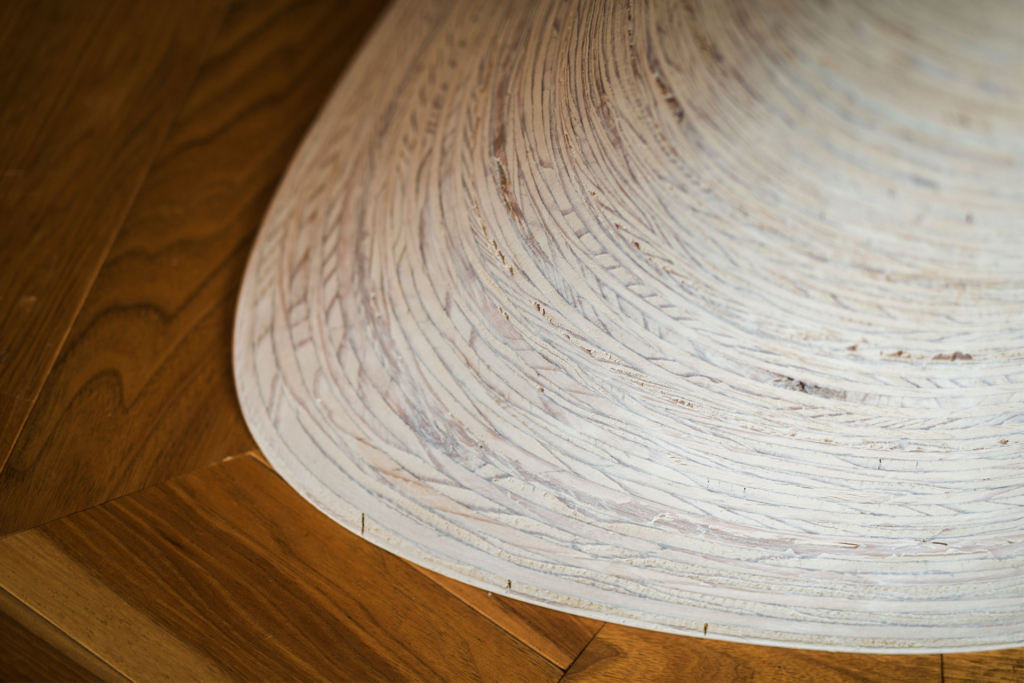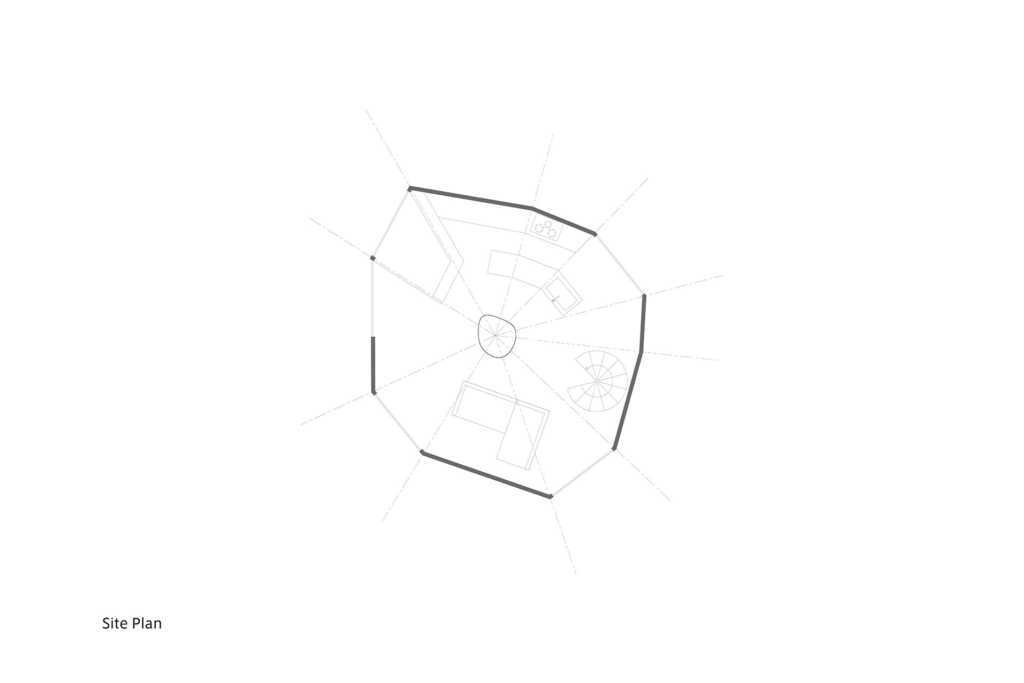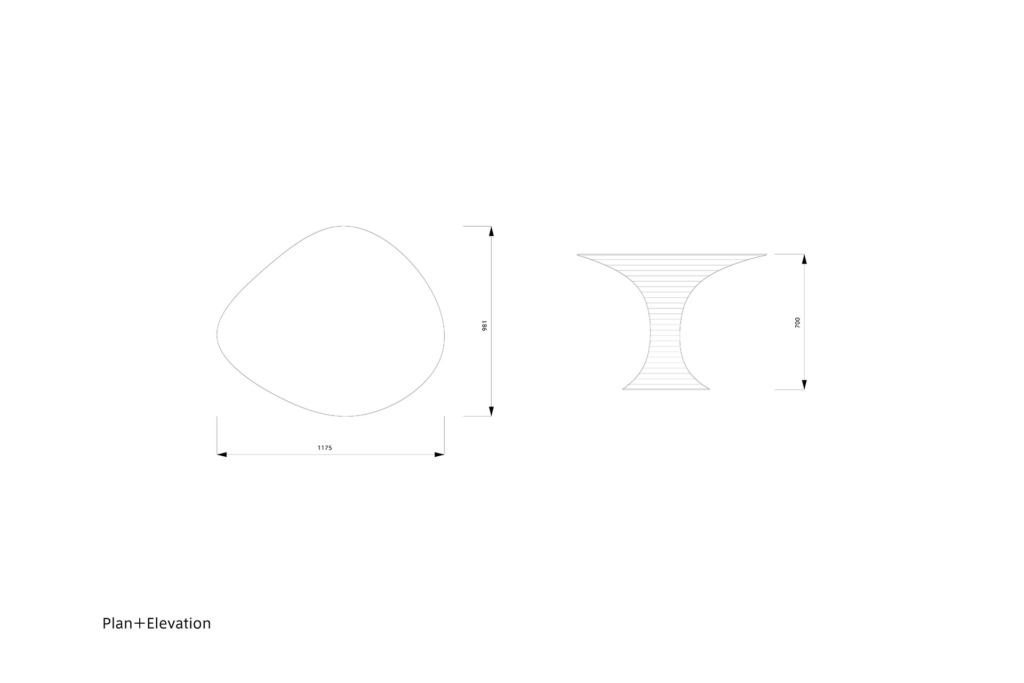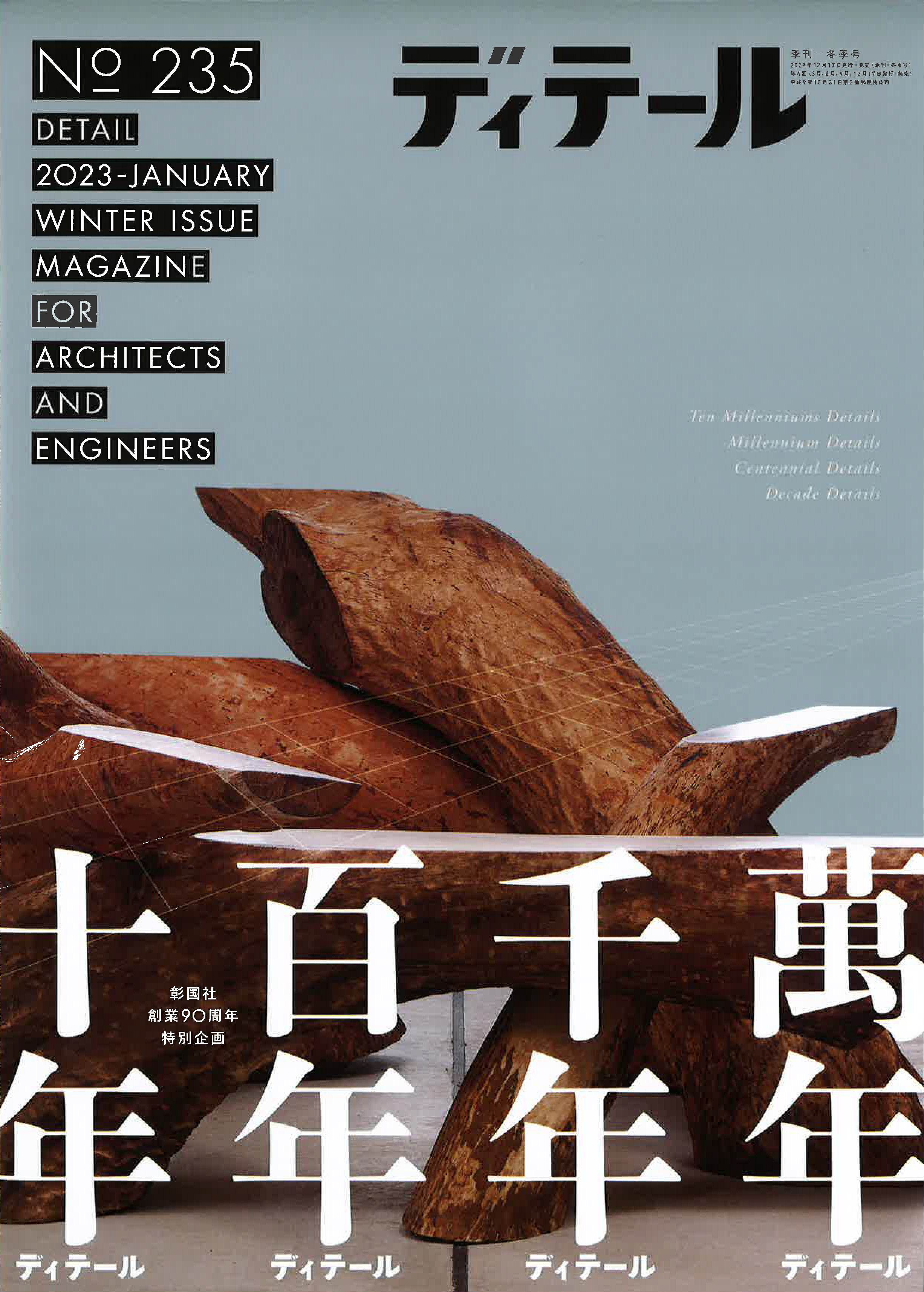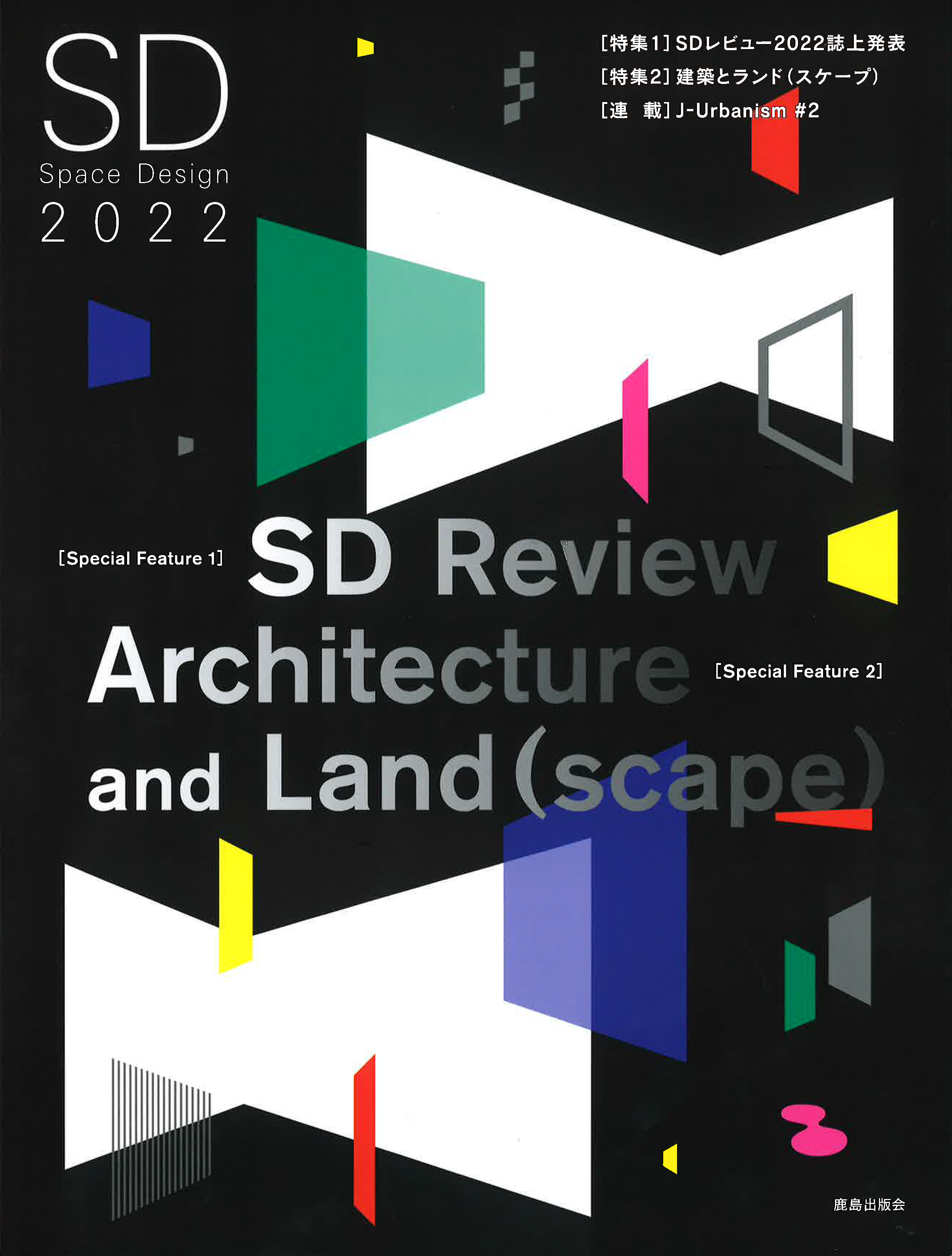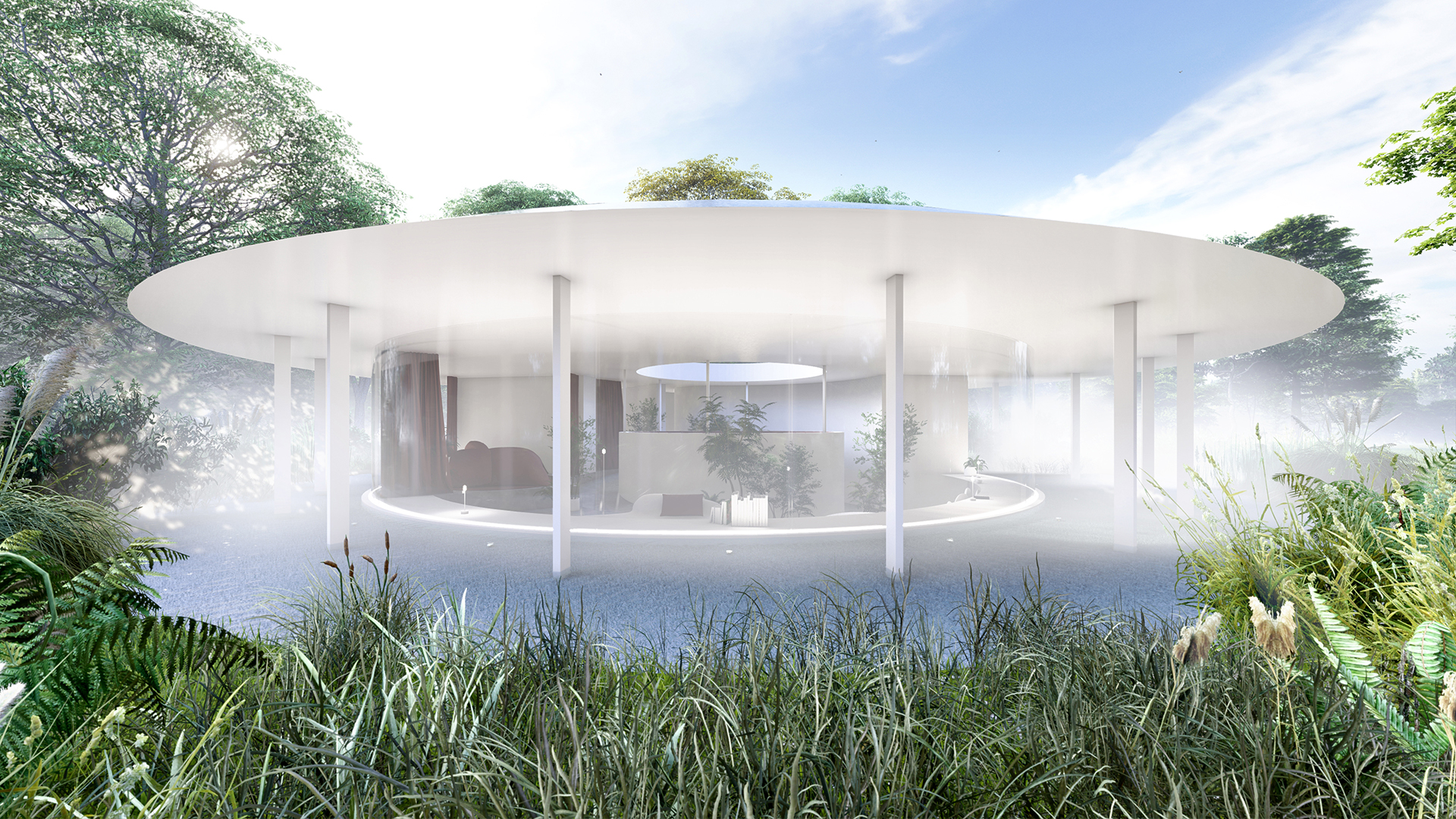product
eleven table
Location
Zushi, Kanagawa, Japan
Year
2016
Program
Table
Design
Aki Hamada Architects
Photo
Ayako Sasaki
このテーブルは11角形平面の住宅の中央に置かれる、サイトアダプティブなテーブルである。平面形状を決定する9本の軸線上に制御点を設定し、それらをつないだ2つのベジェ曲線を境界条件としたミニマルサーフェスでつくられる一脚のテーブルである。形によって座る場所を縛られないゆるやかな平面形状と、方向によって脚の置き場を気にしなくてもよい一脚の断面が特徴である。
This site-adaptive table is placed at the center of a house with a hendecagon plan. The single leg table consists of minimal surfaces, using two Bezier curves, which connect the control points on the nine axes that define the plan shape, as the border conditions. It is characterized by a gentle plane shape, which does not restrict positions for placing seats, and the cross-section with a single leg, which eliminates concern for leg position depending on table direction.
CLICK
天板を広くとりながら底部を狭くするために重心を計算して全体のプロポーションを決定しているため、一脚であるが極端に揺れが小さい。また、合板2枚から効率的に木取りできるように、形状モデルからネスティングまで一貫したプログラムを作成することで、カスタマイズのコストを抑えながらサイトアダプティブなプロダクトを実現している。
In order to make a wide tabletop while having a narrow bottom, the overall proportion was decided based on calculation of the center of gravity, resulting in a single leg table with extreme stability. With an aim to effectively cut two boards of plywood, a consistent program from geometric modeling to nesting was created, allowing for a site-adaptive product while lowering customization cost.
CNC加工を設計側で行うことで、設計から生産の間の微妙な変更や多くのフィードバックを反映するプロセスを可能にしている。コンピュータプログラムによる設計とCNC加工機による生産によって自由な設計が可能となった、場所や人に柔軟に適応するプロトタイプとしてのテーブルである。
The CNC process was conducted on the design side, and this enabled a process for reflecting subtle changes during designing and production, as well as numerous feedback. With an unfettered design enabled by the computer programmed designing process and production using a CNC processor, the table is a prototype that flexibly adapts to locations and people.



